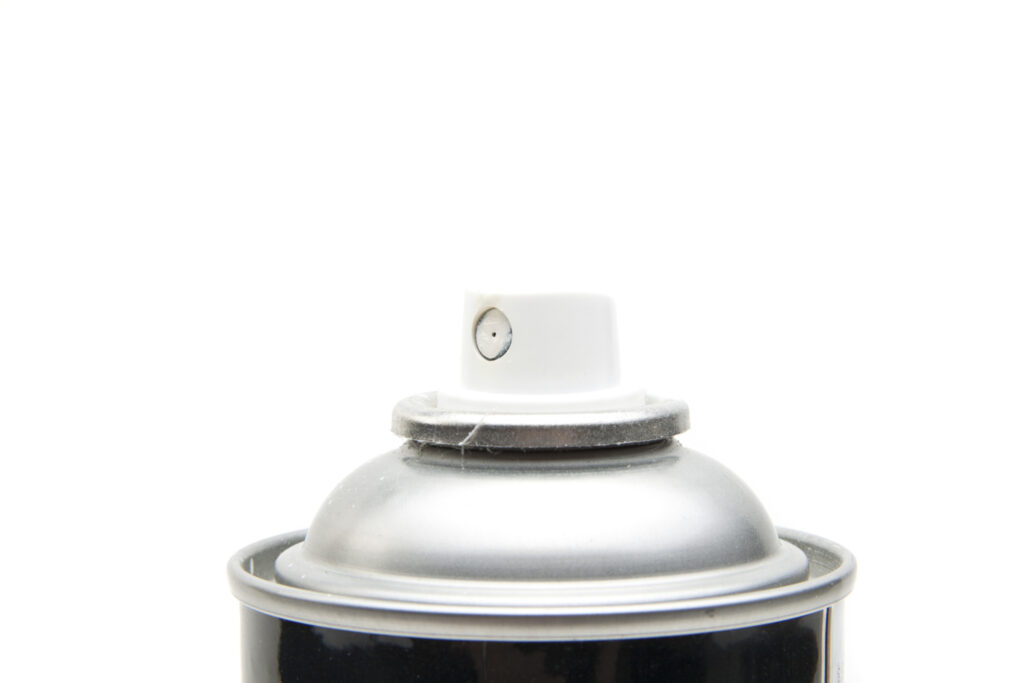AC refrigerant, is a gas used to remove heat from your indoor air, thus cooling it. Though it’s no longer used in modern air conditioning, it’s needed for older systems. We explain what it is and what current systems are using instead.
What is Refrigerant and How Does it Work?
It’s the liquid inside any appliance that cools, such as an air conditioner. This type of refrigerant was first discovered in 1928 by a team working in General Motors’ air conditioning division or R-22, was the first type developed.
The refrigerant flows inside the copper coils in the condenser and evaporator. A chemical reaction occurs with the refrigerant changing from a low-pressure gas to a high-pressure liquid. As warm air passes over the coils, they absorb the warmth and produce cool air in return. The blower fan in your HVAC system delivers cool air through the ductwork in your home.
How Can I Check What Kind of Refrigerant My AC Uses?
If your air conditioner was built and installed before 2010, odds are it uses R22. But most units have a sticker on the outdoor (condenser) unit that lists the type of refrigerant it uses. It should also be in the user manual, or your HVAC professional should have it noted in their records.
What Does it Mean to Recharge the Refrigerant?
Simply, it adds more refrigerant to the air conditioner and is done after repairing a refrigerant leak. It should only be done by an HVAC professional due to the high-pressure levels within the air conditioner system. Otherwise, you risk damaging the air conditioner, affecting its functional ability and your energy bill.
What are the different types of refrigerants?
As more attention focuses on the environmental impact of refrigerants, scientists have been working toward effective and Earth-friendly refrigerants for decades.
Chlorofluorocarbons (CFCs)
Known by their brand name Freon™, CFCs were phased out by 1995 after they were deemed environmentally unsafe. CFCs such as R11, R12, and R115 played a role in ozone layer degradation and an increase in the greenhouse effect worldwide.
R22 Refrigerant
Also called Freon 22, R22 is a hydrochlorofluorocarbon (HCFC) refrigerant with its hydrogen atom decreasing the environmental lifespan. Yet, R22 is linked to environmental damage and was banned from use in new air conditioners after 2010. It was ultimately banned from service in 2020, including for recharging older air conditioners.
R410A Refrigerant
This refrigerant was introduced after the ban on R22 and is also called Puron. It’s chlorine-free and has a significantly lower environmental impact without sacrificing its ability to cool. Puron allows HVAC systems to have a higher SEER rating and improved air quality and overall comfort. The higher rating means the system is more energy efficient, thus lowering the greenhouse emissions created by power plants.
R-32 Refrigerant
Called the future of refrigerants, R-32 has a lower energy consumption and environmental impact than other refrigerants in use. Its Global Warming Potential — the measure of how much emissions a chemical substance contributes to the environment — is only 32% of R-410A’s. Plus, systems using R-32 use up to 20 percent less refrigerant, keeping money in your pocket.
Signs Your AC Needs Refrigerant Work
While the refrigerant inside your air conditioner should outlast the system’s functional lifespan, it may begin to leak and cause issues.
AC is on, but no cool air is coming out
This is an all-to-common sign of a refrigerant leak. The AC can’t produce enough cool air without the proper amount of refrigerant in the system. Check the thermostat display and verify the system is in cooling mode. If it is, call your HVAC professional.
Coils are Frozen
Although the AC coils commonly freeze due to a lack of airflow from a filthy air filter, a refrigerant leak will cause a freeze-up. During the cooling cycle, condensation may pool on the coils and freeze without proper drainage.
If you think the coils in your air conditioner are frozen, look for the following:
- Visible ice on the indoor or outdoor coils;
- Extra condensation or moisture around the air conditioner or your home; or
- The air conditioner doesn’t blow cold air while running.
You haven’t had a tune-up in a while
Regular HVAC maintenance is the best way to catch a refrigerant leak before it becomes an issue. Call your HVAC professional and schedule an appointment if it’s been a while since your air conditioner has had a tune-up. These appointments also address other HVAC issues and offer solutions to keep the system running efficiently and effectively for years to come.
If your air conditioner needs a refrigerant recharge or other repairs, contact ASI Hastings Heating, Air and Plumbing today for professional HVAC service!











